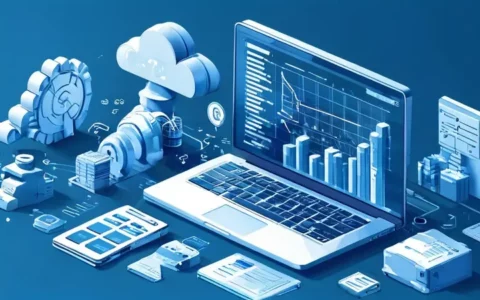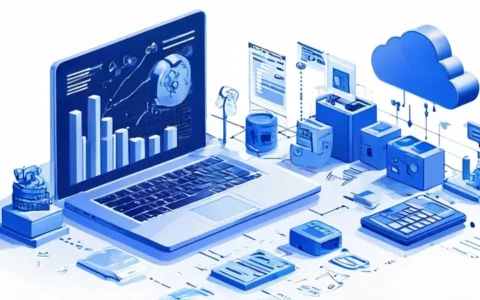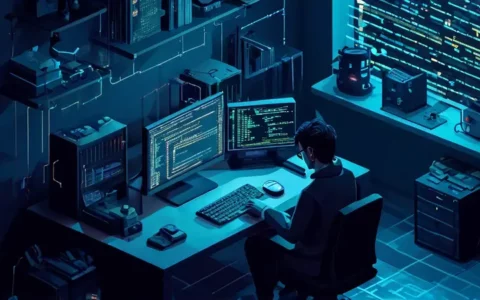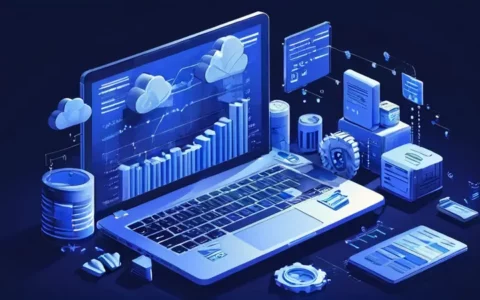
编程遥控是一种通过编写代码来控制机器或设备行为的方法。它将编程原理应用于遥控技术,从而实现对机器精准的操控。编程遥控的核心优势包括 1、提高准确性、2、自动化操作、3、扩展功能性。着重讲解其中的自动化操作,这是因为通过预设的程序,机器可以在没有人为直接操控的情况下自行执行任务,大大提高了工作效率和减少了人为错误。
WHAT IS PROGRAMMABLE REMOTE CONTROL?
INTRODUCTION
Programmable remote control combines the complexity of programming with the convenience of remote control devices. It transcends traditional button-pressing, allowing for streamlined and customized commands which are executed by machines or systems. This technology is pivotal in applications ranging from home automation to sophisticated industrial robotics.
THE ESSENCE OF PROGRAMMABLE REMOTE CONTROL
Essentially, a programmable remote control is a device or interface that sends instructions to another machine or system through code or scripts. These devices can be either physical remotes with buttons or virtual interfaces on a computer or smartphone. In either case, the user inputs code that translates into specific actions executed by the receiving equipment.
BENEFITS OF PROGRAMMABLE REMOTE CONTROLS
Using programmable remotes offers several advantages over traditional remote controls:
ENHANCED ACCURACY
Programmed commands ensure consistent operation, reducing the likelihood of human error. Each input results in the same output, every single time, which is critical in tasks requiring high precision.
AUTOMATION OF TASKS
Programmable remotes can be set to operate devices or systems at specific times or under certain conditions, allowing tasks to run unattended. This level of automation saves time and improves productivity as it doesn't require constant human intervention.
EXPANDED FUNCTIONALITY
These remotes can execute complex sequences of operations, not limited to single-button commands. This allows for multifaceted control schemes that can manage multiple operations across various devices simultaneously.
ADAPTABILITY AND FLEXIBILITY
Programmable remote controls can be easily updated or reprogrammed to accommodate new devices or tasks. This makes them incredibly versatile compared to fixed-function remotes.
INTEGRATION WITH OTHER SYSTEMS
Programmable remotes can often be integrated with other systems, such as a computer or smartphone, providing a centralized control point for multiple devices.
REAL-WORLD APPLICATIONS
HOME AUTOMATION
In the realm of smart homes, programmable remotes can manage lighting, heating, security systems, and entertainment devices with finesse and coordination.
INDUSTRIAL AUTOMATION
In industrial settings, these remotes control complex machinery, conveyor belts, and robotic arms, contributing to efficiency and safety.
ENTERTAINMENT AND MULTIMEDIA
From theaters to gaming setups, programmable remotes can be configured to enhance the user experience by creating immersive and user-friendly environments.
MEDICAL AND ASSISTIVE TECHNOLOGIES
They enable precise operation of medical devices and provide assistance to people with disabilities, offering them greater independence.
THE ARCHITECTURE OF PROGRAMMABLE REMOTE CONTROL SYSTEMS
INPUT INTERFACE
This component allows the user to input commands which can be keystrokes, voice commands, or even gestures in advanced systems.
PROCESSING UNIT
Here, the input is processed, and the appropriate code is generated that corresponds to the desired action.
TRANSMISSION MECHANISM
This part of the system sends the code to the target device, potentially using infrared, radio frequency, Bluetooth, or even Wi-Fi connections.
EXECUTION ON TARGET DEVICE
The receiving device decodes the instructions and performs the action, with a feedback loop confirming the successful execution of the command.
CHOOSING A PROGRAMMABLE REMOTE CONTROL
When selecting a programmable remote, consider compatibility with existing devices, the complexity and scope of tasks it needs to perform, ease of programming, and the level of support available.
TROUBLESHOOTING COMMON ISSUES
Issues might arise from inaccurate programming, signal obstruction, compatibility problems, or hardware malfunctions. Effective troubleshooting involves systematic verification of each component within the remote system.
THE FUTURE OF PROGRAMMABLE REMOTE CONTROLS
Advancements in AI and machine learning will likely make these systems even more intuitive and capable, potentially leading to the development of remotes that can program and reprogram themselves based on user behavior and preferences.
In summary, programmable remote control technology represents a significant leap in the evolution of automated systems, integrating the precision of programming with the convenience of remote operation to create a powerful, versatile tool in modern technology.
相关问答FAQs:
编程遥控是指通过对遥控器进行编程,来实现对各种设备或系统的远程控制。 一般来说,编程遥控主要应用于家居自动化、智能家居、机器人控制等领域。用户可以通过编程遥控来实现对电视、空调、音响、灯光等家用电器的控制,也可以通过编程遥控来控制机器人的动作或者进行复杂的自动化操作。
如何使用编程遥控? 使用编程遥控需要先对遥控器进行编程,通常有两种方法:一种是通过遥控器自带的编程功能,通过按键组合或者通过连接电脑来进行编程;另一种是通过配套的手机应用或者电脑软件来进行编程。用户可以根据自己的需求,选择合适的编程遥控方式。
编程遥控有哪些应用场景? 编程遥控广泛应用于家居自动化和智能家居领域。例如,用户可以通过编程遥控来实现对家中各种电器的统一控制,通过一个遥控器就可以控制电视、音响、空调等多个设备。此外,编程遥控还可以结合传感器等技术,实现智能化的控制。比如,用户可以通过编程遥控和温湿度传感器的配合,实现自动调节空调和加湿器的功能,提供更加舒适的居住环境。
此外,编程遥控还被广泛应用于机器人控制领域。通过编程遥控,用户可以控制机器人的运动、动作和交互等,实现各种不同的功能。例如,在教育领域,编程遥控可以让孩子们通过编程来控制机器人,进行科学实验、学习编程等。在工业领域,编程遥控可以帮助实现自动化生产,提高生产效率和质量。
总之,编程遥控通过对遥控器的编程,可以实现对各种设备和系统的远程控制,具有广泛的应用领域和丰富的功能。对于需要集中控制或实现自动化操作的场景来说,编程遥控是一种非常有用的工具。
文章标题:编程遥控是什么,发布者:不及物动词,转载请注明出处:https://worktile.com/kb/p/1814057

 微信扫一扫
微信扫一扫  支付宝扫一扫
支付宝扫一扫 




